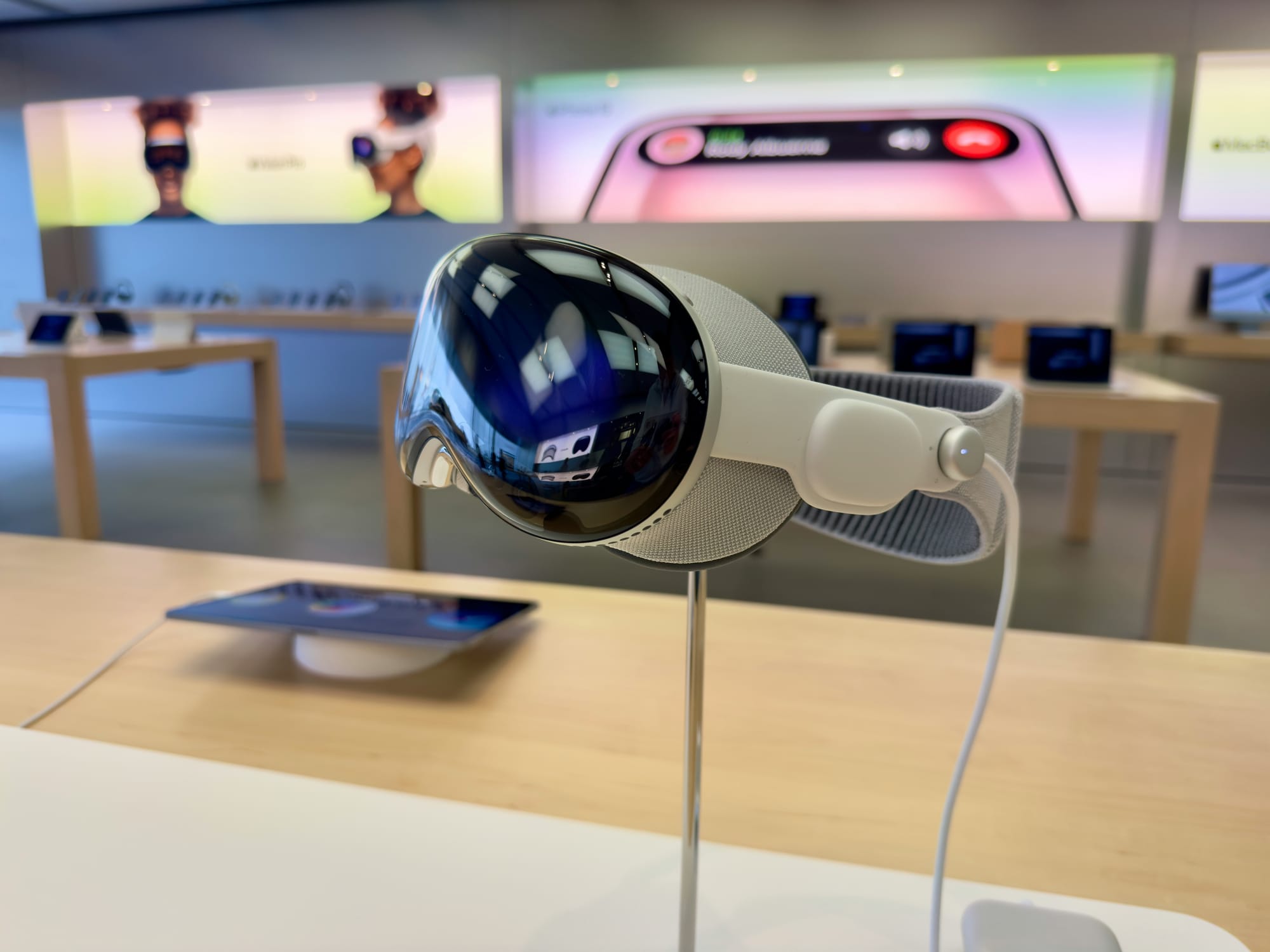If You're Serious About VR for Industry, Stop Buying Toys
It's time to acknowledge reality: If you’re aiming to use VR for professional training, precision operations, medical simulations, or safety-critical tasks, you need to leave the toys behind.

Let's start with a blunt truth: You wouldn't equip a surgeon with a plastic scalpel from a child's playset, nor would you send firefighters into a burning building dressed in costumes from a fancy-dress shop. Yet many respected organisations—including healthcare providers like the NHS—are effectively doing just that when they adopt consumer-grade gaming headsets like the Quest 3 and Pico for critical professional simulations.
It's time to acknowledge reality: If you’re aiming to use VR for professional training, precision operations, medical simulations, or safety-critical tasks, you need to leave the toys behind. Serious simulations require serious hardware.
Fidelity Matters
The cornerstone of effective VR for industry isn't just "immersiveness" or "engagement"—it’s fidelity. Fidelity in virtual reality is defined by sharpness, accuracy, visual clarity, low latency, and realistic interaction. Consumer-grade headsets, designed primarily for gamers and casual users, prioritise affordability, broad market appeal, and casual entertainment. In stark contrast, headsets like the Varjo XR4 or Apple Vision Pro are designed from the ground up with professional applications in mind, prioritising accuracy, precision, and visual detail.
Using consumer VR devices like the Quest 3 for serious industry simulations—especially in the medical or manufacturing sectors—is analogous to watching a complex 3D blockbuster movie on a 12-inch black-and-white TV. Yes, you'll get the basic idea, but you'll miss crucial details, nuances, and depth critical to professional success.
The Misguided Quest for Savings
Organisations often turn to consumer headsets because they initially seem financially attractive. The upfront cost is lower, and the devices seem "good enough" to tick the box of innovation or digital transformation. Unfortunately, the long-term cost implications can be catastrophic. Training delivered with inadequate fidelity can lead to poor knowledge retention, inaccurate skill transfer, and potentially hazardous misunderstandings.
Take medical simulations, for instance. Surgeons training in VR need to see every detail, from intricate tissue layers to nuanced colour differentiation, crucial during operations. A consumer-grade headset simply cannot deliver this. Mistaking fine details because of blurred or pixellated visuals isn't just inconvenient—it's dangerous. High fidelity is essential, not optional.
Hardware Built for Precision
Professional-grade headsets like Varjo XR4 and Apple Vision Pro offer precision that consumer-grade devices can't match:
Varjo XR4:
- Ultra-high visual fidelity (human-eye resolution)
- Advanced eye-tracking and foveated rendering
- Precise colour calibration essential for medical and engineering applications
- Enhanced hand-tracking accuracy
Apple Vision Pro:
- Remarkably clear mixed-reality visuals
- Industry-leading spatial computing capabilities
- Exceptional ergonomics designed for extended professional use
- Robust privacy and security for sensitive applications
These devices aren't merely "nice to have." They're mandatory if you're serious about industry-level simulations.

Consumer VR's Hidden Costs
Initial hardware savings vanish quickly when factoring in compromised training quality, potential re-training, increased operational risks, and lowered productivity. The intangible costs, such as reduced confidence from trainees or critical errors due to inadequate simulation fidelity, can dwarf any initial savings.
Imagine the impact of training paramedics with low-fidelity VR—misjudged scenarios, overlooked critical signals, and poor procedural muscle memory. The fallout from inadequate training isn't merely theoretical; it's dangerously practical.
Matching Software Demands with Hardware Capabilities
Your advisors and analysts need to clearly understand the software requirements of your VR applications before recommending hardware. Software designed to simulate complex medical procedures, precise manufacturing processes, or intricate engineering tasks demands hardware that can fully realise these capabilities.
Software developers spend immense resources creating sophisticated simulations that precisely replicate reality. To pair this software with inadequate hardware is like commissioning a world-class architect to design your headquarters and then building it with cardboard. The results are predictable—and unacceptable.
The Reality Check: Invest in Professional-grade VR
It’s understandable why organisations gravitate towards popular consumer headsets. They’re affordable, accessible, and heavily marketed. However, serious VR applications necessitate serious hardware, designed explicitly for professional-grade challenges.
Adopting high-fidelity VR hardware sends a clear signal about your organisation's priorities: precision, professionalism, safety, and effectiveness. Whether training surgeons, preparing emergency responders, or simulating complex engineering environments, the right headset isn't a luxury—it's an essential investment.
Moving Forward: Making Smart VR Decisions
As industry leaders, your goal is clear—effective, safe, and efficient outcomes. Achieving this means prioritising fidelity in VR simulations above all else. The difference between a Varjo XR4 or Apple Vision Pro and a Quest 3 isn't just incremental—it's transformative.
Your business analysts and advisors need to move beyond superficial cost-benefit analyses and start recommending VR solutions based on performance and fidelity. Consumer-grade headsets have their place—in living rooms, game dens, and casual entertainment spaces. But when it comes to critical training and simulations, the stakes are simply too high to compromise.
It's time to get serious about VR hardware. Take the toys off your face, and step into professional-grade virtual reality. Your employees, your stakeholders, and most importantly, those whose lives and safety depend on your decisions, deserve nothing less.


